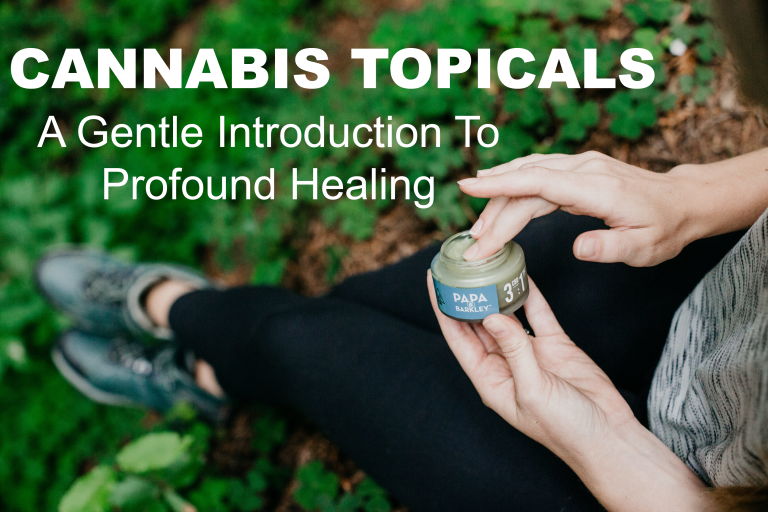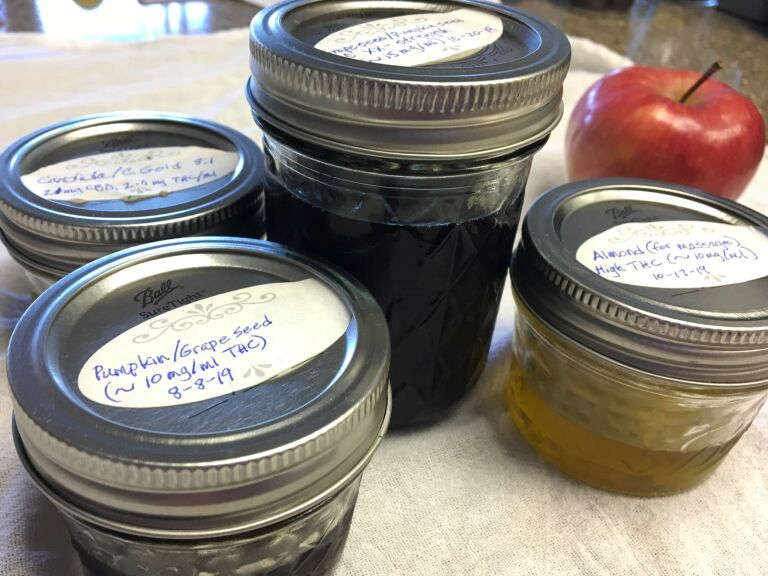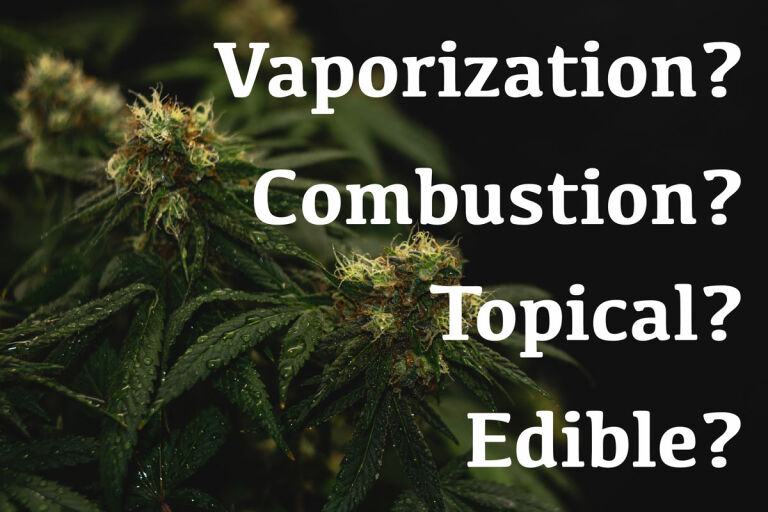When healthy cells become mutated, the body has many ways to counteract the damage and either repair or destroy the cancerous cell before it becomes an established community. When natural defenses don’t work it’s time to look for alternative methods to assist cellular healing. Conventional treatment typically involves chemotherapy and/or radiation. But what if cannabis can help?
Let’s look at how cells become cancerous, and a few of the ways the major molecules in cannabis oil may be able to work with your endocannabinoid system (ECS) to keep cancer from becoming a problem in your life.
Healthy Cells

Cells each have a function, and they live their lives happily fulfilling those functions, in close and constant connection and communication with their neighbors until it’s time to divide. Each cell also comes with a trigger for suicide when that final moment where they’re too damaged to continue proliferating finally arrives.
Cells divide because molecules called growth factors activate receptors on the surface of the cell, sending a message to the nucleus to prepare for mitosis (cell division). The signals activate “early” genes in the nucleus to produce proteins necessary for cell division and growth.
Now the cell enters the cell cycle- the 24-hour, four-step process that ultimately ends in cell division and the resulting pair of matched daughter cells.

Becoming Cancer
Cells are wonderfully cooperative units, for the most part working together in uniformity and balance. Cancer cells are the occasional aberration. There are many forms of cancer, but there’s also a pattern of precancerous events leading to an established colony of cancerous cells.
- It all starts with damaged coding. Excessive stress from free radicals banging around all over the place creates oxidative stress, leading to damaged DNA. This genetic instability supports the rapid growth of immature cancer cells that will follow. Cancer cells can create their own free radicals, increasing their heartiness by creating an atmosphere that eliminates the weaker cancer cells, leaving the stronger ones to continue growing.
- Abnormal genes are expressed in the nucleus that lean more to supporting cancer than suppressing cancer.
- Signals traveling to the nucleus are overloaded with those that say “don’t die” and “proliferate.” The opportunistic cancer cell can create the necessary signaling molecules and the receptors to receive them on its own, ramping up the incentive to proliferate with self-talk.
- Communication with neighbor cells is compromised. Where this would normally signal the possibility of apoptosis (cellular suicide), cancer cells create their own signaling molecules to keep right on going.
- The cancer cell begins to produce compounds that allow it to create new blood vessels through a process called angiogenesis, a necessary step to continue growing and eventually spread.
- The cancer cell begins to invade its neighbors and ride the bloodstream to other locations in the body (remember those new blood vessels?).
- The sneaky cancer cells produce compounds that allow them to hide in plain sight from the immune cells whose job it is to recognize cancer and tag it for elimination.
In the never-ending process of growth, your body is continuously generating new cells. With that much duplication going on there’s going to be an occasional glitch, and a cell will get through with damaged DNA, becoming cancerous.
A cancer cell is one that proliferates too fast, takes up too much room, and uses too many resources. Left unchecked, cancer can threaten the continuation of the community, and the body has an impressive list of ways to keep cancer cells from becoming established.
Keeping Things In Order
All of this protective cellular signaling is modulated by the endocannabinoid system (ECS), busily keeping everything in balance, one cell at a time.
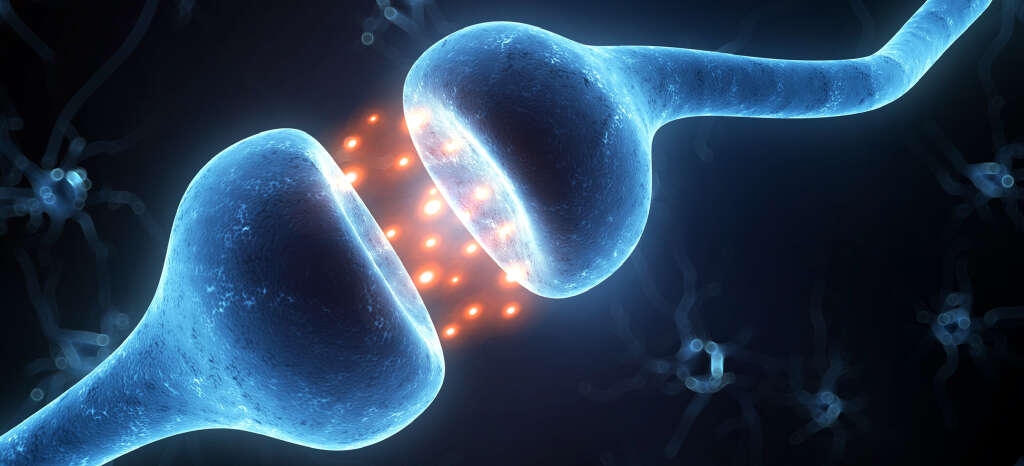
Cannabinoids do the work of signaling all the homeostatic events that must occur to stop or reverse that list of precancerous events, and the phytocannabinoids, THC and CBD, found in cannabis have been shown to mimic many of the same actions of endocannabinoids that control cancer development:
- Both THC and CBD are antioxidants, slowing down the oxidative damage from free radicals that leads to bad coding, so there are less weak links to become cancerous.
- Cannabinoids reduce the inflammation that encourages and supports cancer growth.
- THC and CBD both interfere with the signals that encourage cancer cells to continue growing and dividing.
- THC calls in the immune cells that tag cancer cells so the heavy workers of the immune system can find them and eliminate them.
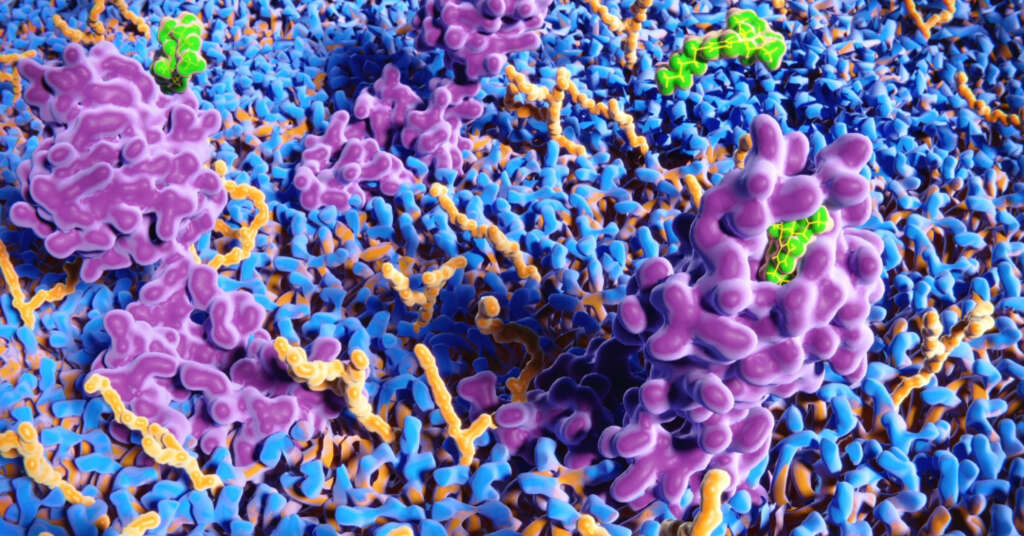
Which brings us to how THC and CBD, the major cannabinoids found in cannabis oil, appear to kill cancer cells. I say “appear” because the planet-wide prohibition on cannabis limits the very study and research that would tell us if what we see in Petri dishes and animal studies carries through to the healing human body. What we see in the lab, as well as in clinical work is exciting enough to drive future investigation.
From Quality Control to Housekeeping
Let’s look at four main ways that cannabinoids, and in particular THC and CBD bring cancer cells to their timely demise:
1. Standing guard – Protecting the integrity of the DNA so there isn’t a cancerous cell to begin with.

At the end of the first phase of the cell cycle, tumor suppressor protein p53, known as the “Guardian of the Genome”, pauses the process to carefully review the integrity of the cell’s DNA coding. If any damage is recognized, p53 holds the cell at the checkpoint to see if the cell’s genes can repair the damage. Once repair is completed, the cell moves on to the synthesis phase.
If p53 determines that the damage can’t be repaired, the cell is slated for suicide. In an effort to protect the community at large, apoptosis is initiated.
2. Apoptosis – Helping the cell commit suicide for the good of the community.

Apoptosis can occur through a number of pathways, but the one most often noted with THC or CBD is the generation and release of ceramide, which leads to the degradation and deterioration of the mitochondria, resulting in total nuclear and cellular disruption, followed by cell death. The entire process thankfully leaves the neighboring cells unscathed. It’s cellular suicide without collateral damage.
All of this action relies on an abundance of healthy p53, as well as the accompanying molecules that support the progression of apoptosis. THC takes care of keeping an abundant supply of p53 available and CBD has demonstrated the ability to activate ceramide during apoptosis. Each cannabinoid, in its own way, applies appropriate stresses to generate the other molecules and cascades that drive the ultimate sacrifice.
3. Disrupting Angiogenesis – Starving the cancer cell and keeping it from spreading.

Cancer cells are hungry things, and before you know it they’re sprouting new blood vessels to feed the expanding community of usurpers. Those new pathways will also give the cancer doorways to other, distant locations.
CBD has an affinity for interrupting the signals that produce the very compounds the cancer cells need to make the new blood vessels grow. Without the new supply lines for resources the cancer can’t support itself and begins to starve, which ultimately signals a pathway for apoptosis.
4. Autophagy – Breaking down and recycling or eliminating cellular components.

Once the cell has ceased to be, the component parts are bundled up and sorted out, destined for either recycling or elimination. Primary to this function is the creation of the autophagosomes, the double-walled bags that hold the cell’s broken-down bits and pieces, awaiting the docking of a lysosome that will distribute those parts that can be of future use to the community and dispense with the rest.
THC does the step-by-step signaling that generates the creation of the containment vesicle that sweeps up all the floating cell pieces and holds them safe.
A Quick Review
The endocannabinoid system signals just about every little thing your body does in its quest to keep everything in the delicate balance of homeostasis. When cells divide and something goes wrong with the coding it’s the ECS that signals the necessary molecular troops to make things right.
There are no easy remedies for treating the many forms of cancer, but it’s obvious that a healthy ECS is required for the body to maintain the balance of more healthy cells than challenged ones. There are many simple ways to strengthen your own ECS to keep it in peak performance mode. When life makes it more difficult we can turn to cannabis and the marvelously helpful components found in full-plant oil extractions to supplement any shortfalls, keeping the cellular system clicking along in good form.

When your body is so stressed that it can’t produce enough cannabinoids on its own, we can supplement with phytocannabinoids and anticipate some of the same signaling processes of control and cleanup endocannabinoids typically perform.
- Both THC and CBD support the protein that guards the genome during the cell cycle, so the cell doesn’t become cancerous to begin with.
- THC and CBD both support apoptosis – cellular suicide without collateral damage.
- CBD inhibits angiogenesis which starves the tumor cell and limits the chances of spreading.
- THC is instrumental in getting the dead tumor cell packed up and the area left clean for the next cell to reside in.
It may not be a magic bullet for cancer, but cannabis oil looks to be a viable treatment option from my perspective. With the right medical support team and the cannabis regimen matched to your individual needs, all indicators suggest you can improve your odds at living a longer and more rewarding life by including supplemental cannabinoids in your treatment protocol.

If we’ve raised any questions, or you have any thoughts on using cannabis oil as a cancer treatment option, feel free to share below in the comments section. We’re re-inventing the medical cannabis wheel, but this time with better technology and a deeper understanding of what goes on at the cellular level. The more we share, the closer we come to fine-tuning the craft of healing with the help of cannabis, possibly the oldest of plant medicines.

